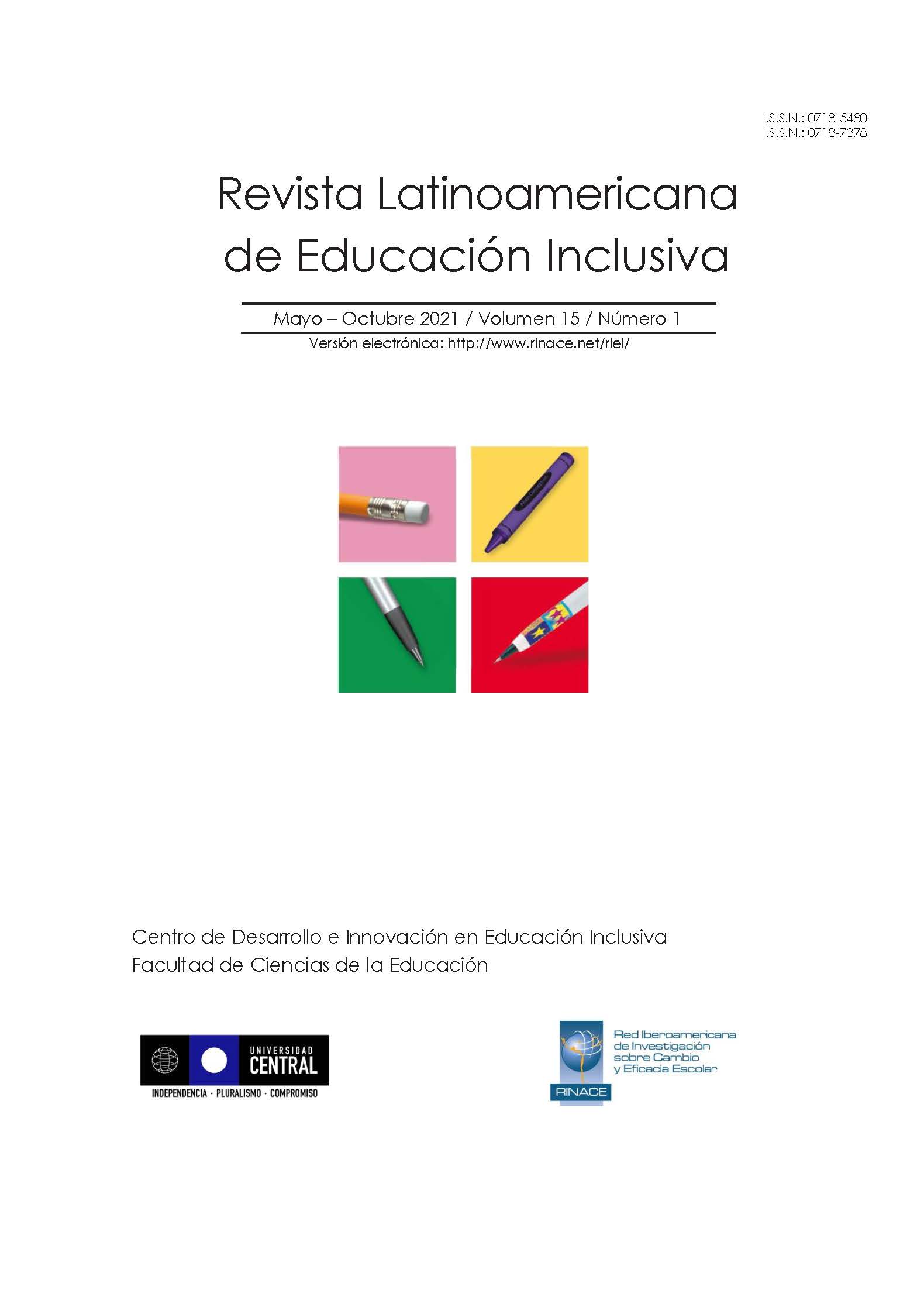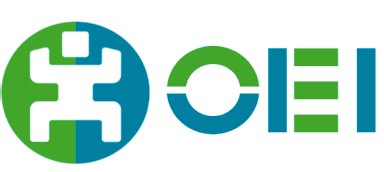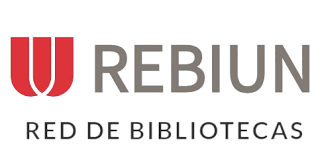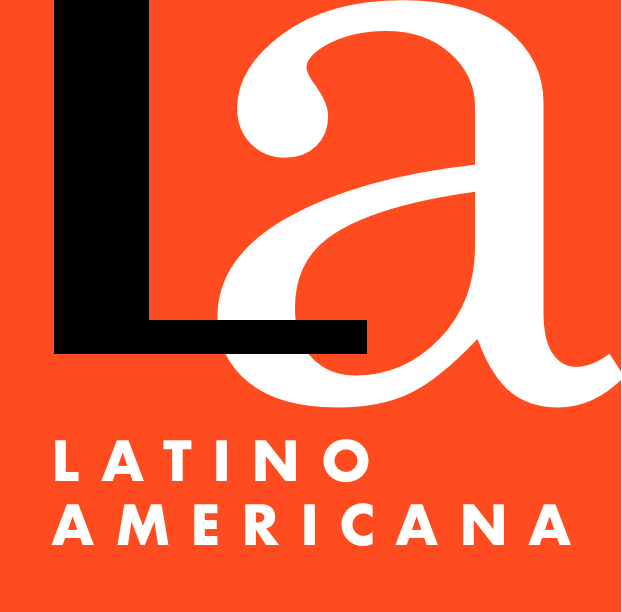Deaf Students’ Inclusion in Chilean Regular Schools: Possibilities and Limitations from an Analysis on Classroom Practices
DOI:
https://doi.org/10.4067/S0718-73782021000100075Keywords:
Deaf students; School integration; Inclusion; Qualitative methodology; Sign language.Abstract
The implementation of inclusive education policies in Chile has been a process that has not been without difficulties. This paper explores numerous social and institutional practices developed during the schooling process of deaf students. We analyze interactions between deaf students and their peers, teachers and interpreters during classes, institutional dispositions regarding inclusion, and administrative and financial issues related to mainstream educational public policy. Through an approach into two public schools in Santiago de Chile, we delve into the ways in which students deal between integration and inclusion. Based on class observations and interviews with students, teachers, interpreters and school principals, we describe how Chilean legal framework allows to integrate deaf students into regular classrooms. The findings are analyzed regarding the significance of sign language, the academic roles that sign language interpreters must maintain, the tensions regarding the integration of deaf students, the need of learning sign language by the entire educational community, and the use of classroom resources in the education of deaf students. The results are discussed regarding the necessary conditions for deaf students’ inclusion, describing teaching practices as a critical element for achieving true inclusion within the classroom, and school community's cultural practices as favoring inclusion outside it.
Published
How to Cite
Issue
Section
License

This work is licensed under a Creative Commons Attribution 4.0 International License.
Creative Commons Attribution (by)
This licence permits the exploitation of the work, as well as the creation of derivative works, the distribution of which is also permitted on condition that express reference is made to the author, i.e. that his/her name appears in any use or act of exploitation of the work.













